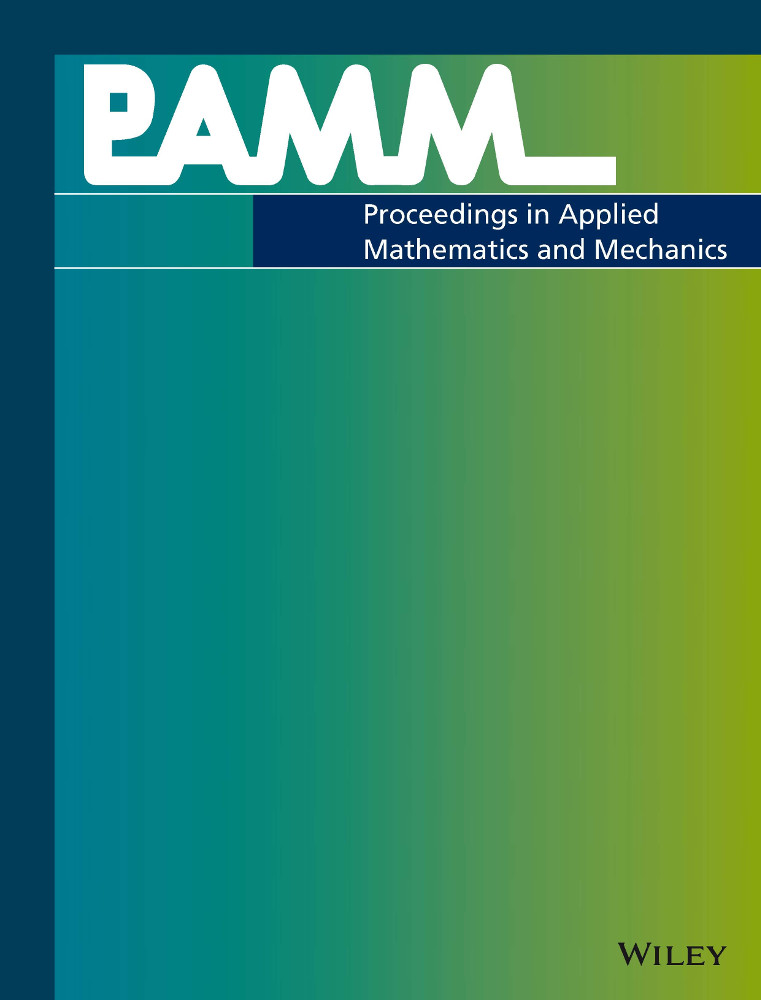A novel anisotropic stress-driven model for bioengineered tissues accounting for remodeling and reorientation based on homeostatic surfaces
Abstract
A co-rotated formulation of the intermediate configuration is derived in a thermodynamically consistent manner. As a result of this formulation, algorithmic differentiation (AD) and the equations of the material model can be combined directly, i.e., the equations can be implemented into the AD tool and the corresponding derivatives can be calculated using AD. This is not possible when the equations are given in terms of the intermediate configuration, since the multiplicative decomposition suffers from an inherent rotational non-uniqueness. Moreover, a novel stress-driven kinematic growth model is presented that takes homeostasis and fiber reorientation into account and is based on the co-rotated formulation. A numerical example reveals the promising potential of both the co-rotated formulation and the stress-driven growth model.




